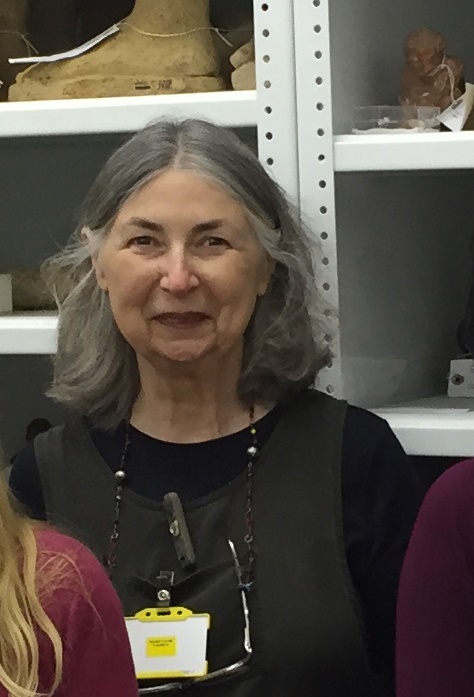Affiliation: The University of Pennsylvania Museum

Jean MacIntosh Turfa is a Consulting Scholar in the Mediterranean Section of the University of Pennsylvania Museum of Archaeology and Anthropology, where she helped reinstall the Kyle M. Phillips Etruscan Gallery. She has participated in excavations at Etruscan Poggio Civitate (Murlo), ancient Corinth, Roman Dragonby (Lincolnshire), and native and colonial sites in the USA. She has published research on the Etruscan collections of the University of Pennsylvania, Manchester and Liverpool Museums, and the British Museum, and has taught at the University of Liverpool, the University of Illinois (Chicago), Loyola University of Chicago, Dickinson and Bryn Mawr Colleges, the University of Pennsylvania and St. Joseph’s University. She is a Foreign Member of the Istituto di Studi Etruschi ed Italici and edited The Etruscan World (Routledge, 2013). With Stephanie Budin she edited Women in Antiquity (Routledge, 2016). With Marshall Becker and Bridget Algee-Hewitt, she has published Human Remains from Etruscan and Italic Tomb Groups in the University of Pennsylvania Museum (Biblioteca di Studi Etruschi 48, 2009). Divining the Etruscan World (Cambridge, 2012) presents the first English translation of a lost Etruscan text on thunder-omens. She has given invited lectures at the British Museum and Oxford University (Sommerville College) and has appeared on Discovery and History Channel programs on the Etruscans, Hannibal, and Archimedes’ ocean-liner the Syracusia. The Etruscans and the History of Dentistry: The Golden Smile through the Ages (Routledge, 2017), co-authored with forensic anthropologist Marshall Becker, shows that the Etruscans invented false teeth (dental bridges). Her current research projects include Etruscan medicine, disease and anatomical votives, industrial pollution in ancient Italy, Etruscan technology, seafaring and commerce, and the special Etruscan-Carthaginian alliance admired by Aristotle. “Excavating” in old collections has rewarded her with glimpses of long-forgotten oddities like a Faliscan woman’s wavy red hair and an early Etruscan image (perhaps) of Halley’s comet.
Ever since the Iron Age, Etruscan women have intrigued and challenged those around them. Greek and Roman authors looked askance at their freedom and luxury — but still copied Etruscan culture and technology. Today we understand Etruscans, their society, and especially their women as real people thanks to the engaging research of the late Larissa Bonfante. This lecture is a retrospective of a small fraction of Larissa’s studies on Etruscan women’s daily lives, with references to discoveries made by students and fellow-scholars whom she befriended over the years. Among the topics to be investigated are love, marriage, babies, health (and the invention of false teeth), literacy, jewelry (and the far-flung trade that spread Etruscan civilization to Celtic Europe), fashions (like designer shoes for Greece), priestesses, and divination.
See Jean MacIntosh Turfa's work in the American Journal of Archaeology.